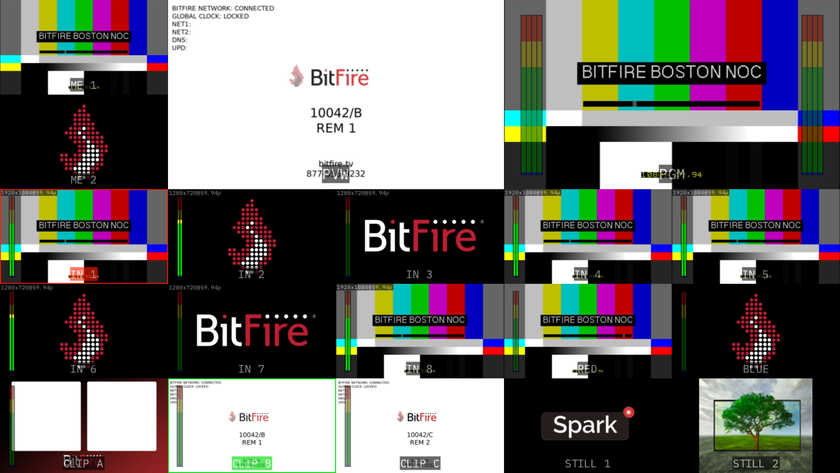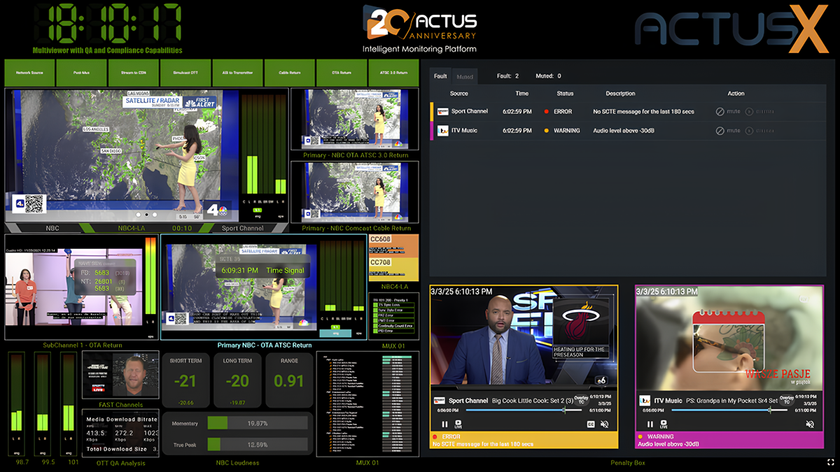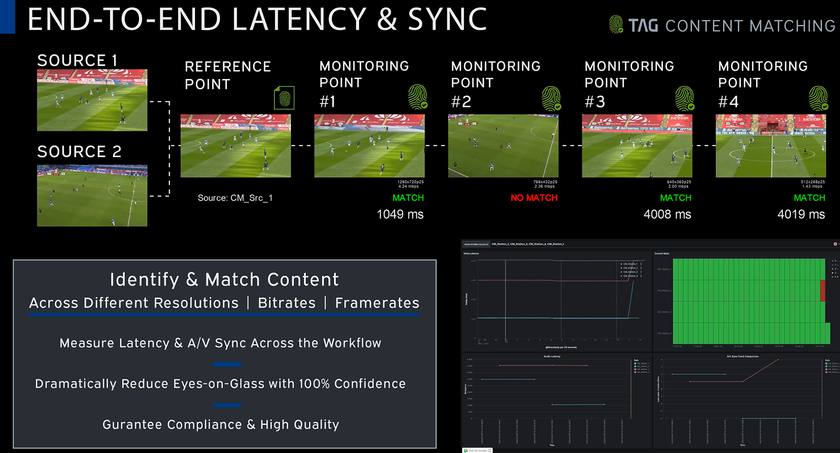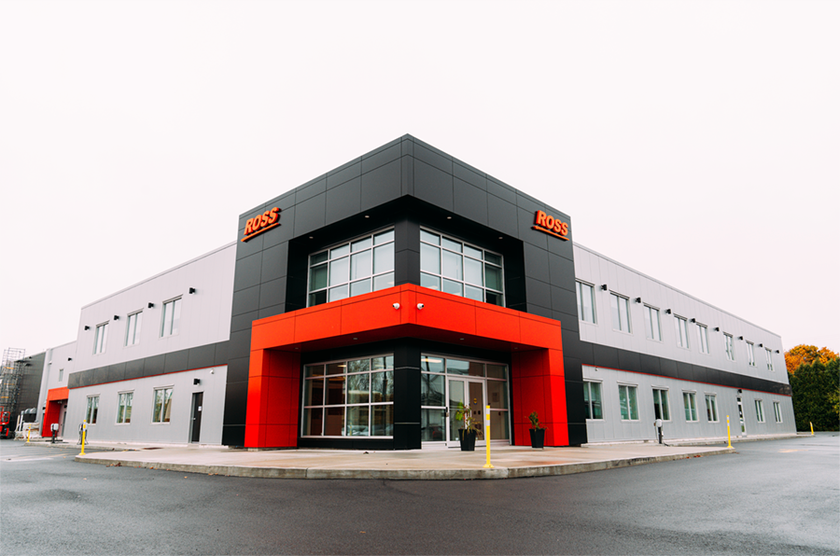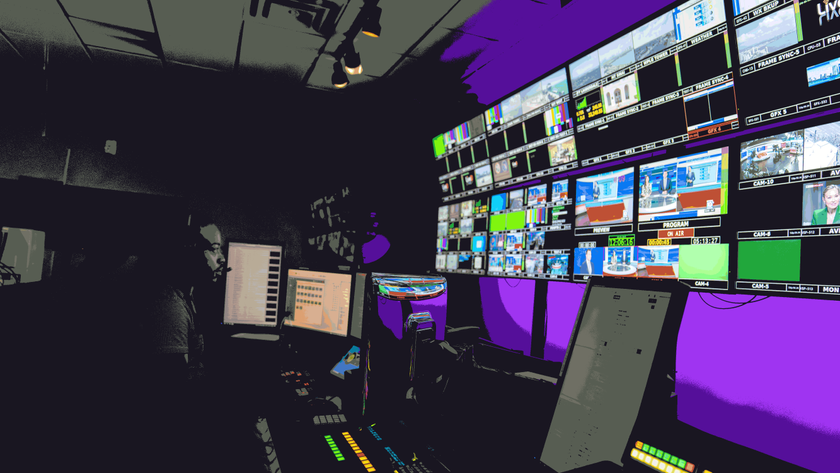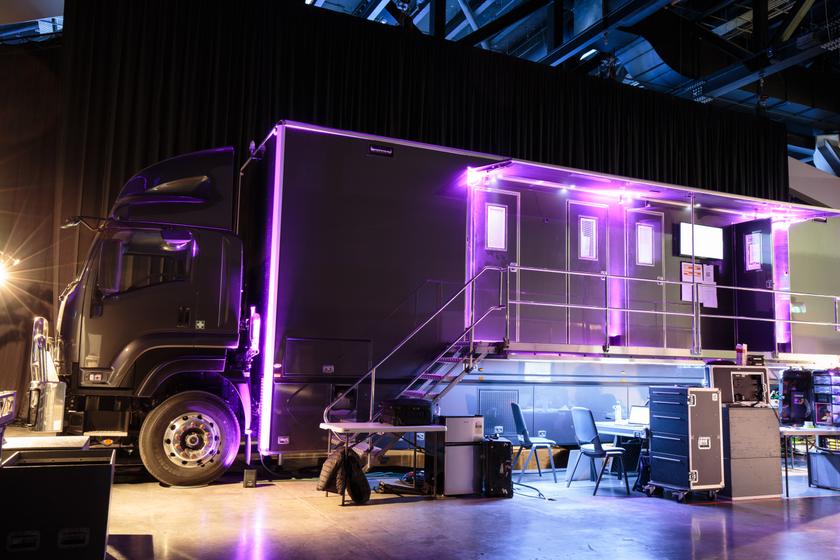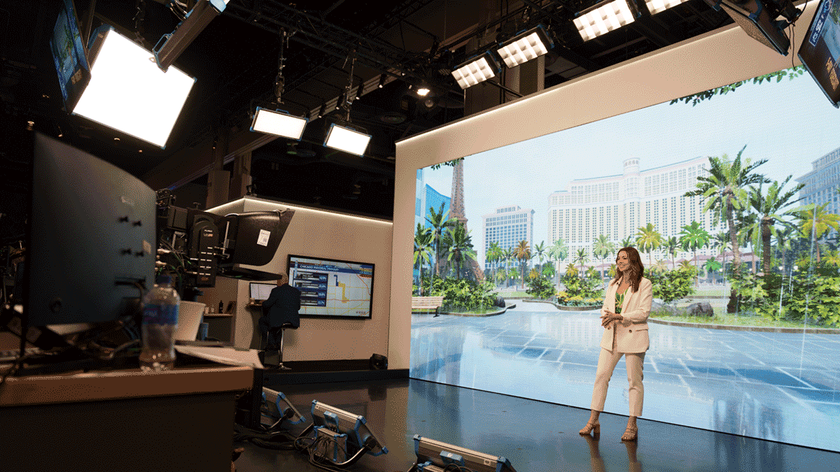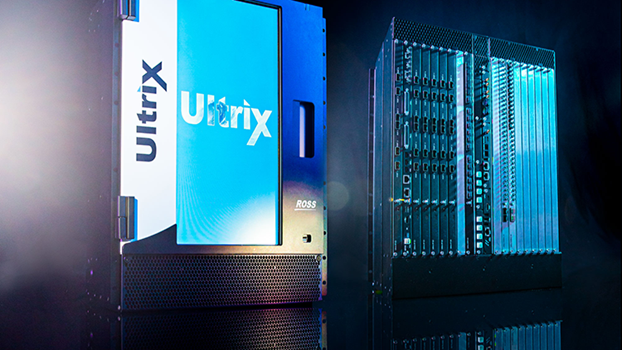Getting Color Right in a Dynamic Environment
AJA Video’s Tim Walker discusses the importance of maintaining color integrity in an environment where mixed SDR/HDR production is the new norm
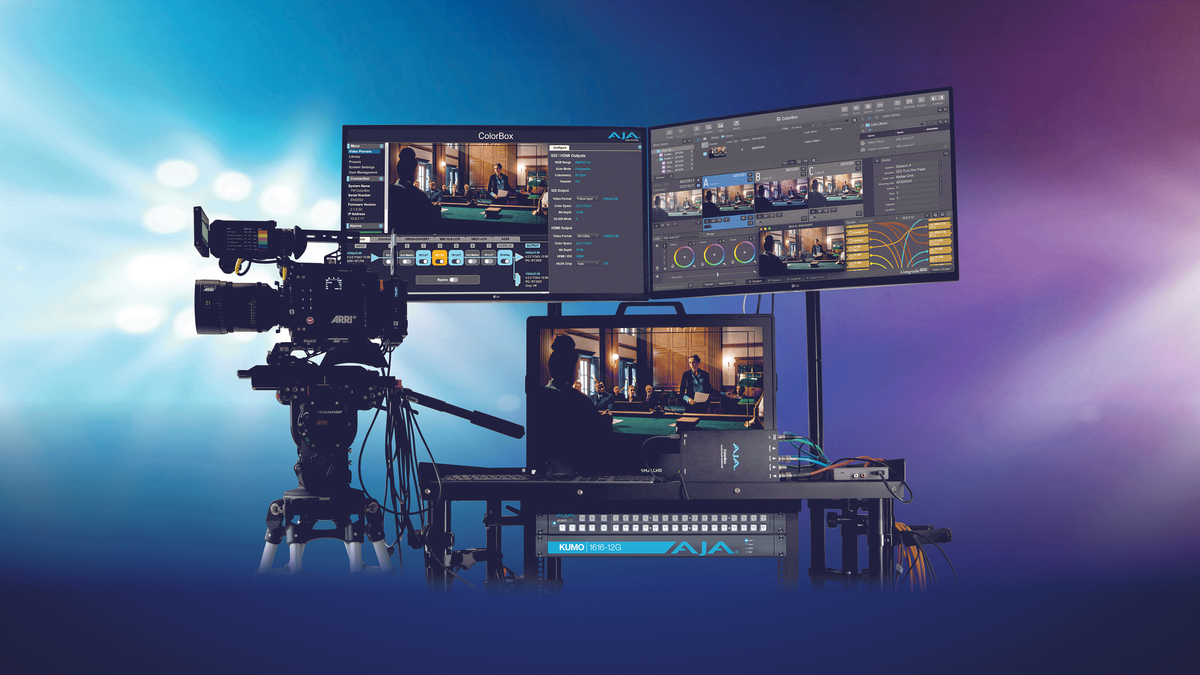
It’s hard to imagine that color and television have been inseparable since most major networks and stations transitioned from black-and-white some 60 years ago.
However, the nature of that long-standing relationship has been far from static. To the contrary, color is evolving right alongside picture quality. The latest development is the wider color gamut (WCG), available for television produced with High Dynamic Range (HDR).
Capable of displaying far more colors than those available in Standard Dynamic Range (SDR), HDR brings a more lifelike experience to viewers—at least those with HDR-enabled TVs. While most high-end and mid-range TVs support HDR, millions of viewers still have no way to watch it on their older sets.
Producing live and episodic television for an audience of mixed SDR and HDR viewers requires a highly efficient approach to color management because you’re often working with a range of sources and equipment, each with their own color science, which can make it tough ensure a consistent color and look as content moves between production gear. And, this matters for audiences, as Tim Walker, senior product manager at AJA Video, says, “if it looks wrong to the viewer at home sometimes people can get frustrated and change the channel.”
TVTech contributing editor Phil Kurz recently interviewed Walker about all things color management, including working in today’s mixed environment, maintaining control over color at every stage of the production chain, the role and types of color Look Up Tables (LUTs), and tips for streamlining color management workflows for live and episodic production.
As Tim noted in the interview, color monitoring and analysis also takes on added importance in today’s mixed SDR/HDR production environment. Having the right image analysis tools, such as a quality waveform monitor and vectorscope, is a good place to start to ensure proper camera setup and that all cameras match in a multi-camera shoot, he says.
Monitoring at each point in the production through to delivery is important to maintaining color integrity, adds Walker.
These are among the many concepts and recommendations Walker covers during this highly informative chat. Click here to watch.

AJA Video Systems
Since 1993, AJA Video Systems has been a leading manufacturer of cutting-edge technology for the broadcast, cinema, proAV, and post production markets. The company develops a range of powerful, flexible video interface and conversion technologies, digital video recording solutions, and color management, streaming, and remote production tools. All AJA products are designed and manufactured at our facilities in Grass Valley, California, and sold through an extensive sales channel of resellers and systems integrators around the world. For further information, please see our website at www.aja.com.
Get the TV Tech Newsletter
The professional video industry's #1 source for news, trends and product and tech information. Sign up below.
